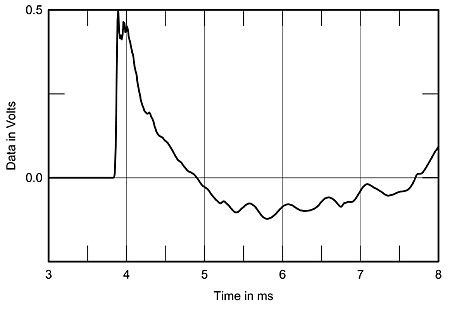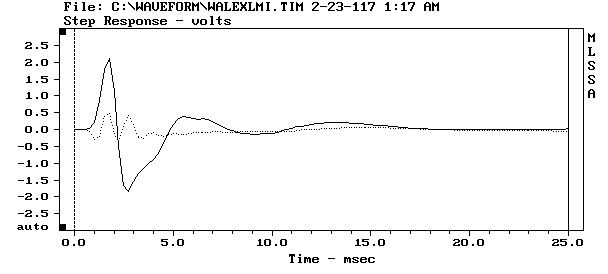Time coherence, in my view, would be that the signal from the speaker leaves the speaker plane as one signal. So, the signal from the tweeter, midrange and bass, all leave the speaker at the same time and are in the same plane, so that when they arrive at a certain point, they arrive as one signal.
I liken it to three people singing the same thing, but one the upper, mid, and low. If they are all standing next to one another, and they are not singing in unison, then whatever they are singing will not be coherent in time, even though it may still sound amazing. I know it's a very simple way to look at speaker driver output, but it is similar. Most drivers are singing the same song, but at different times. No matter how you stagger the drivers, if they aren't starting and stopping at the same time, they won't be time coherent.
I am no speaker designer and don't claim to be incredibly knowledgeable when it comes to crossover design. However, based on my time talking to Richard Vandersteen, and reading information from speaker designers who design specifically for time and phase coherence, I fail to see how a speaker with drivers that start and stop at different times, and who's output does not arrive at any position at the same time because they don't leave one plane at the same time, can be considered time coherent. Unless by time coherent, we mean something different than is meant by time coherence of speakers like Thiel, Vandersteen, Meadwolark Audio, Green Mountain Audio, etc.


















